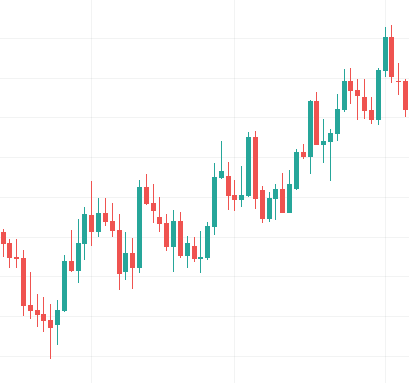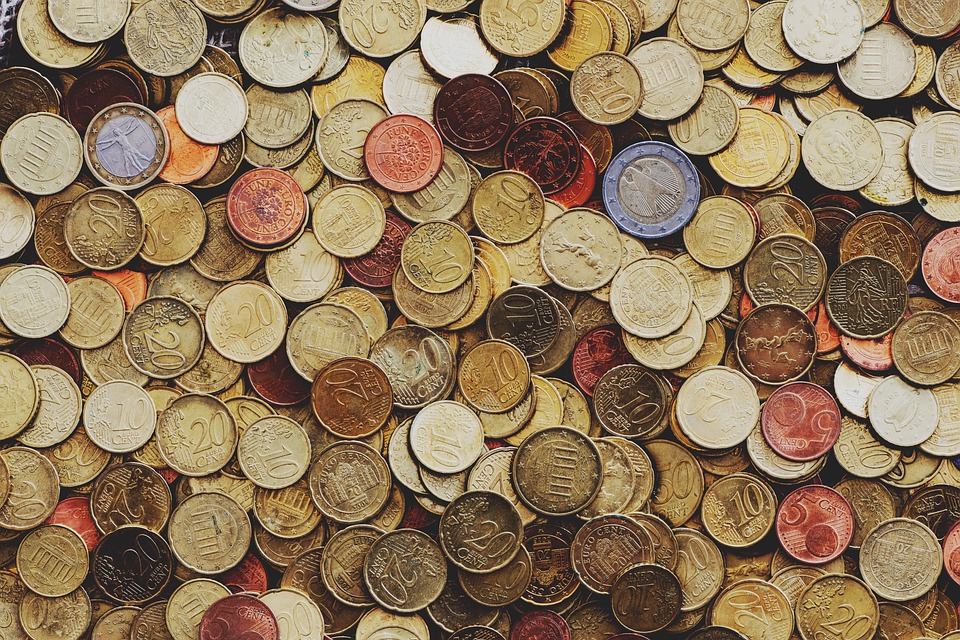I think the minority will be those who trade in the Norwegian krone. Although Norway is a minor currency, it is a non-EU member state, but due to its proximity to the European economic zone, it is destined to be linked to the euro market. Therefore, it is highly correlated and tends to behave in the same way as the euro. Here is a list of Norwegian economic indicators. You only need to be aware of the ones that are of high importance.
- Gross Domestic Product (GDP) (Importance: High)
- Trade balance (importance: low)
- Norges Bank policy rate (importance: high)
- Consumer Confidence Index (Importance: Medium)
- Unemployment rate (importance: high)
- Retail sales (importance: medium)
- Current balance (importance: low)
- Mining and industrial production (importance: low)
- Money supply (importance: low)
- Consumer Price Index (Importance: Medium)
Gross Domestic Product (GDP) (Importance: High)
Gross domestic product is one of the most representative economic indicators released in various countries around the world, and is widely known by the abbreviation of GDP (abbreviation of Gross Domestic Product). I will move the market price.

Trade balance (importance: low)
The value of the country’s exports (the amount that entered the country) minus the import value (the amount that went out of the country). Both exports and imports include not only goods but also insurance, freight, tourism and other services.
Norges Bank policy rate (importance: high)
Announcement of interest rate policy by the Norges Bank. This indicator moves the market. Please note that it will shake up and down.
Consumer Confidence Index (Importance: Medium)
The Consumer Confidence Index is an index of consumer sentiment based on a questionnaire survey of consumers. This number tells you how much you are consuming.
Unemployment rate (importance: high)
It is the number of unemployed people divided by the labor force. A rising unemployment rate generally means that the economy is not good, and a rising number makes it easier for the target country’s currency to sell.

Retail sales (importance: medium)
This is an economic indicator related to the economy based on a sample survey of monthly sales in the service industry. You can see the business conditions of the service industry.
Current balance (importance: low)
The balance of payments is a statistic showing the balance of payments and consists of four parts: “trade balance”, “service balance”, “(primary) income balance”, and “ordinary transfer (secondary income) balance”.
Mining and industrial production (importance: low)
An index that indexes the monthly production status of the mining industry. It has a large impact on the economy as a whole and is more important as an index for measuring business sentiment because it is breaking news compared to GDP.
Money supply (importance: low)
The amount of currency you are passing through. It will increase or decrease depending on the size of economic activity. It is related to economic trends and is emphasized in monetary policy.

Consumer Price Index (Importance: Medium)
Also called CPI (Consumer Price Index) for short, it is an index of the overall price movement of goods and services purchased by general consumer households.




コメント